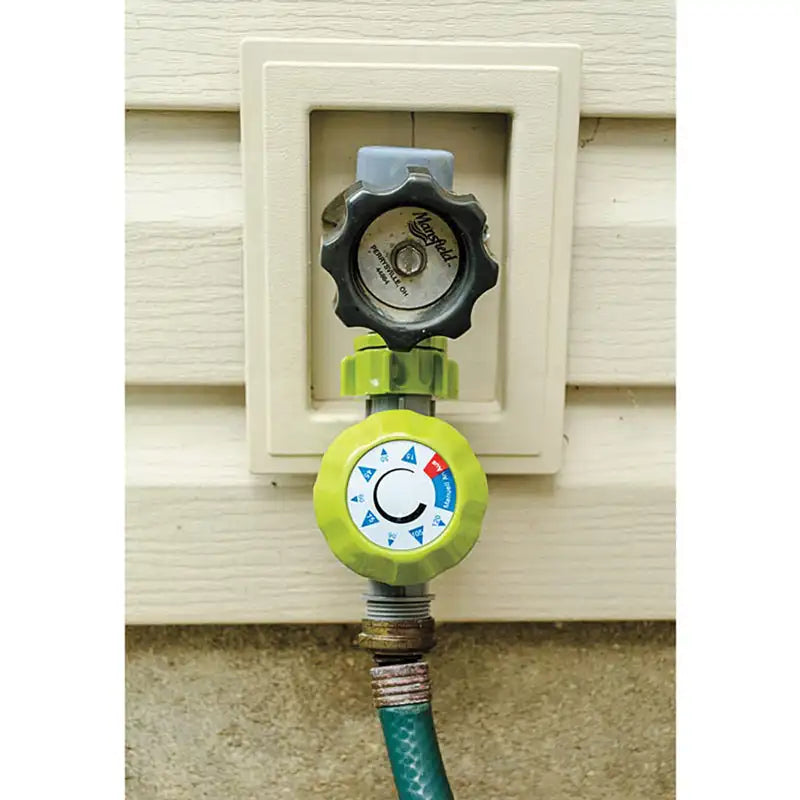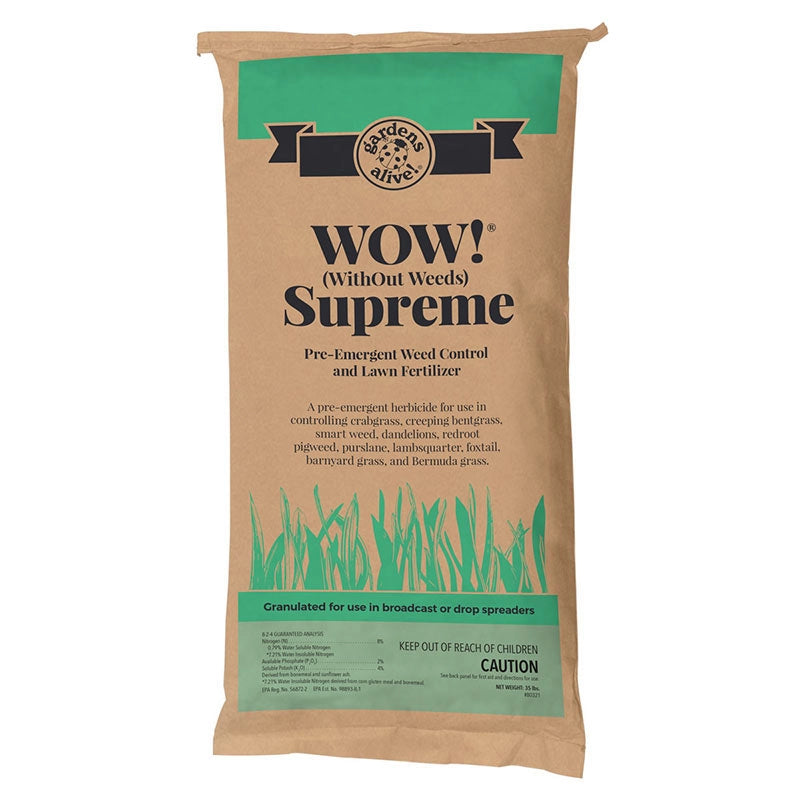The Rules of Soil Solarization
Q. Anita in Phoenix Arizona writes: "We have Bermuda grass in our front yard and want to convert it to a mostly-rock xeriscape to be more eco-friendly. We read that Bermuda is a pain to kill and that solarization would be a good option considering where we live. However, it is currently January and we aren't able to wait until the summer to solarize and install the new landscape. Is it possible to pull the sod up by hand now, lay the plastic to ensure we kill leftover roots and lay the rocks over the plastic? Then at the end of summer after we are sure the grass has died, pull the rocks to the side and remove the plastic? Unfortunately we live under the auspices of an HOA--a Homeowner's Association--so we can't leave the front looking unfinished. Thanks!"
A. Thank you for a timely question, Anita! There are a lot of misconceptions about soil solarization, and people who wish to try this technique should make their plans well in advance. But be assured that the planning and loss of a bed for the summer is/are well worth it. Properly done, solarization can kill weeds as tough as nutsedge and diseases like verticillium, fusarium and blight.
In a normal climate, which Phoenix is not, solarization of a specific area is done over the course of an entire summer. In the research I depend on for this subject, the authors recommend a timeline of 14 to 16 weeks; 1st of June through the end of September. The details:
• Remove as much material as you can from the area to be treated. In a situation like your Phoenix lawn, scalp the grass until dirt blows out the back of the mower and then rake up as much as you can. Till the area thoroughly and then level it perfectly; trying to achieve the maximum contact between the soil and the plastic you'll spread over it. This is the most arduous part, and of course, the most important.
• Then soak this perfectly leveled lawn to a depth of three inches using a sprinkler or combination of sprinklers. This will take many hours and use a lot of water, but for our Phoenix friends, it'll be the last time they water this area, so don't hold back.
• Now comes the plastic. Clear plastic, not black. The thinner the plastic the better, so sheets that are a mere 1 mil thick are ideal, but thinness also equals risk of tears, so most people settle on a 2 mil thickness. Without stepping on your perfectly level and saturated soil, stretch the clear plastic overtop tightly. The researchers recommend digging trenches around the area, running the plastic through the trenches and then filling the trenches in with soil. Some people use bricks; just make sure that plastic is tight.
• Crack a beer; you've done the hard work.
• When September arrives, remove the plastic. Do not till this soil! If you're in an appropriate climate, you can plant in it a month later--when the beneficial soil life will have returned in abundance; otherwise wait until Spring.
Now: Effective soil solarization requires a lot of sunlight essentially boiling that saturated soil, and the laws of physics are not going to budge on this to make you happy. Let's use a line west from Washington DC as a 'dividing line'. In a normal DC summer, 14 weeks should kill every weed seed and speck of disease. In my native Pennsylvania, I'd be praying for a hot sunny summer to be able to achieve the same; and I'd go for 16 weeks.
As you go further North, you have to be realistic. If you don't GET 14 weeks of a hot and bright summer, it might not work. (Think Seattle and the chilly Northern Coast of Maine.) And we're talking a full sun site, not a shady one. Laws of physics, kids.
Back to Phoenix. I would think that 14 weeks beginning now would work well. If the HOA is going to get all pissy about the plastic (despite your doing the absolute right thing for the environment with this changeover), do what you can to stress the Bermuda grass now with too-short mowings (it's at its weakest now) and then get the plastic down in June. In research performed in Arizona, solarizing the soil at the peak of your ridiculously hot summer achieved success in just six weeks.
And let's be honest; are the HOAers going to be roaming around in June or July looking for trouble? No. They'll either be living in deep holes in the ground to escape the heat or reverse snow-birding to Martha's Vineyard for the summer. As your Philadelphia Lawyer in this endeavor I urge you to answer any questions with two words: "What plastic?"
And I get the idea that you might think that xeriscaping means replacing water and food hungry lawns with sand, rocks, and the occasional bleached cattle skull. Nothing could be further than the truth. Using the correct planting techniques and appropriate selection of plants, a xeriscape can be full of life. Ever see the Painted Desert in bloom? It's breathtaking--on a couple inches of rain a year.
So do some research. Ask for suggestions at local nurseries and your state extension service. The Denver water Department (which coined the actual phrase 'xeriscaping') is also an excellent resource.
A. Thank you for a timely question, Anita! There are a lot of misconceptions about soil solarization, and people who wish to try this technique should make their plans well in advance. But be assured that the planning and loss of a bed for the summer is/are well worth it. Properly done, solarization can kill weeds as tough as nutsedge and diseases like verticillium, fusarium and blight.
In a normal climate, which Phoenix is not, solarization of a specific area is done over the course of an entire summer. In the research I depend on for this subject, the authors recommend a timeline of 14 to 16 weeks; 1st of June through the end of September. The details:
• Remove as much material as you can from the area to be treated. In a situation like your Phoenix lawn, scalp the grass until dirt blows out the back of the mower and then rake up as much as you can. Till the area thoroughly and then level it perfectly; trying to achieve the maximum contact between the soil and the plastic you'll spread over it. This is the most arduous part, and of course, the most important.
• Then soak this perfectly leveled lawn to a depth of three inches using a sprinkler or combination of sprinklers. This will take many hours and use a lot of water, but for our Phoenix friends, it'll be the last time they water this area, so don't hold back.
• Now comes the plastic. Clear plastic, not black. The thinner the plastic the better, so sheets that are a mere 1 mil thick are ideal, but thinness also equals risk of tears, so most people settle on a 2 mil thickness. Without stepping on your perfectly level and saturated soil, stretch the clear plastic overtop tightly. The researchers recommend digging trenches around the area, running the plastic through the trenches and then filling the trenches in with soil. Some people use bricks; just make sure that plastic is tight.
• Crack a beer; you've done the hard work.
• When September arrives, remove the plastic. Do not till this soil! If you're in an appropriate climate, you can plant in it a month later--when the beneficial soil life will have returned in abundance; otherwise wait until Spring.
Now: Effective soil solarization requires a lot of sunlight essentially boiling that saturated soil, and the laws of physics are not going to budge on this to make you happy. Let's use a line west from Washington DC as a 'dividing line'. In a normal DC summer, 14 weeks should kill every weed seed and speck of disease. In my native Pennsylvania, I'd be praying for a hot sunny summer to be able to achieve the same; and I'd go for 16 weeks.
As you go further North, you have to be realistic. If you don't GET 14 weeks of a hot and bright summer, it might not work. (Think Seattle and the chilly Northern Coast of Maine.) And we're talking a full sun site, not a shady one. Laws of physics, kids.
Back to Phoenix. I would think that 14 weeks beginning now would work well. If the HOA is going to get all pissy about the plastic (despite your doing the absolute right thing for the environment with this changeover), do what you can to stress the Bermuda grass now with too-short mowings (it's at its weakest now) and then get the plastic down in June. In research performed in Arizona, solarizing the soil at the peak of your ridiculously hot summer achieved success in just six weeks.
And let's be honest; are the HOAers going to be roaming around in June or July looking for trouble? No. They'll either be living in deep holes in the ground to escape the heat or reverse snow-birding to Martha's Vineyard for the summer. As your Philadelphia Lawyer in this endeavor I urge you to answer any questions with two words: "What plastic?"
And I get the idea that you might think that xeriscaping means replacing water and food hungry lawns with sand, rocks, and the occasional bleached cattle skull. Nothing could be further than the truth. Using the correct planting techniques and appropriate selection of plants, a xeriscape can be full of life. Ever see the Painted Desert in bloom? It's breathtaking--on a couple inches of rain a year.
So do some research. Ask for suggestions at local nurseries and your state extension service. The Denver water Department (which coined the actual phrase 'xeriscaping') is also an excellent resource.



